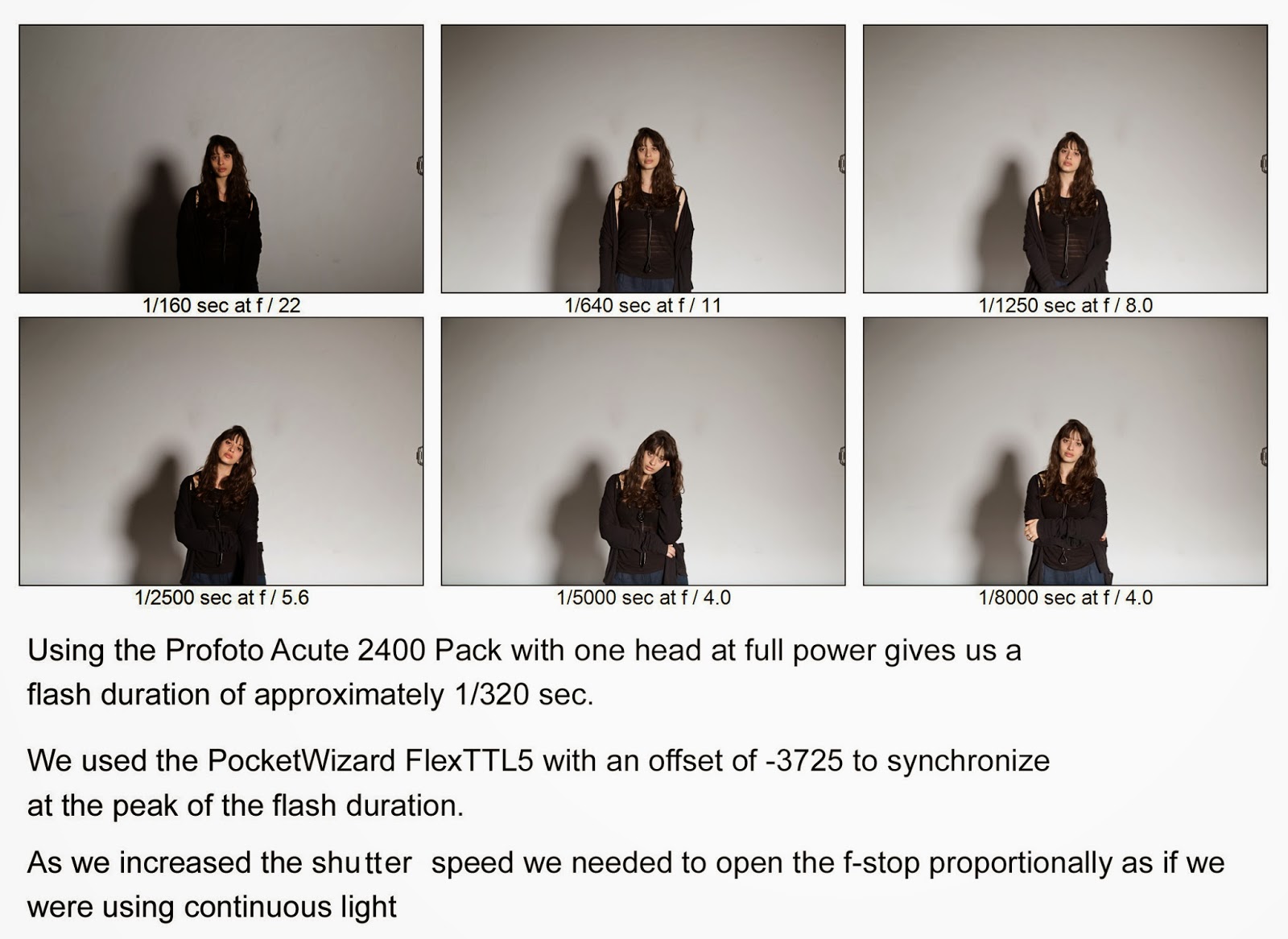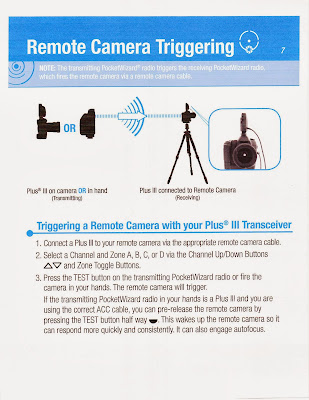The Style of the Interview will be like the New York Presbyterian Hospital Commericals The films are directed by Peter Rabot at Lost Highway Films.
There will be three mark III's on tripods and one hand held Mark III filming wider shots including the setup and the crew. A shotgun mic on a boom 2 feet from the interviewee and recording to a Zoom H4n plus a lavaliere on a Sennheiser wireless transmitter recording to a second Zoom H4n.
The cameras will all have the exact same setting and the two H4n's will set the same also. See below for exact settings.
I will assign a job to each person in order to prevent a situation like this Problems on the set with Steve Buscemi
The director is responsible for overseeing the creative aspects of a film, including controlling the content and flow of the film's plot, directing the performances of actors, organizing and selecting the locations in which the film will be shot, and managing technical details such as the positioning of cameras, the use of lighting, and the timing and content of the film's soundtrack. Though directors wield a great deal of power, they are ultimately subordinate to the film's producer or producers. Some directors, especially more established ones, take on many of the roles of a producer, and the distinction between the two roles is sometimes blurred.
The first assistant director (1st AD) assists the production manager and director. The ultimate aim of any 1st AD is to ensure the film comes in on schedule while maintaining a working environment in which the director, principal artists ( actors) and crew can be focused on their work. They oversee day-to-day management of the cast and crew scheduling, equipment, script, and set. A 1st AD may also be responsible for directing background action for major shots or the entirety of relatively minor shots, at the director's discretion.
The director of photography, DoP or DP, is the chief of the camera and lighting crew of the film. The DoP makes decisions on lighting and framing of shots in conjunction with the film's director. Typically, the director tells the DoP how he or she wants a shot to look, and the DoP chooses the correct lens, filter, lighting and composition to achieve the desired aesthetic effect. The DoP is the senior creative crew member after the director.
The term Cinematographer is usually synonymous with director of photography, though some professionals insist this only applies when the director of photography and camera operator are the same person.
The camera operator uses the camera at the direction of the cinematographer, director of photography, or the film director to capture the scenes on film or video. Generally, a cinematographer or director of photography does not operate the camera, but sometimes these jobs may be combined.
The first assistant camera, 1st AC or focus puller, is responsible for keeping the camera in focus as it is shooting, as well as building the camera at the beginning of the day and taking it apart at the end. They also thread the film when a new magazine is loaded.
The gaffer is the head of the lighting department, responsible for the design of the lighting plan for a production. Sometimes the gaffer is credited as chief lighting technician.
The key grip is the chief grip on a set, and is the head of the set operations department. The key grip works with the director of photography to help set up the set and to achieve correct lighting and blocking.
The production sound mixer is head of the sound department on set, responsible for recording all sound during filming. This involves the choice and deployment of microphones, operation of a sound recording device, and the mixing of audio signals in real time.
The boom operator is an assistant to the production sound mixer, responsible for microphone placement and movement during filming. The boom operator uses a boom pole, a long pole made of light aluminum or carbon fiber that allows precise positioning of the microphone above or below the actors, just out of the camera's frame. The boom operator may also place radio microphones and hidden set microphones. In France, the boom operator is called the Perchman.
We will use standard filming commands as follows
- The director confers with the interviewee about what is about to take place.
- The assistant director call for "Quiet on the set!".
- "Lights" Gaffer responds Ready
- The assistant director calls "Roll sound". (Historically sound and image were recorded on separate devices and sound tape is cheaper than film so you start the sound recording first.)
- The Production sound mixer ad boom operator respond with "Sound 1 rolling" and "Sound 2 rolling"
- The assistant director calls "Roll camera".
- The 4 camera operators responds "Camera 1 rolling", "Camera 2 rolling", "Camera 3 rolling" and "Camera 4rolling".
- The assistant director calls "slate" or "marker" the assistant camera operator makes sure all camera can see the slate to insure easy editing synchronization.
- The director shouts "Action!" or simply asking the interviewer to ask the first question.
- When the director feels the take is finished or even that the take is going badly and wants to stop it he shouts "Cut!".
- The gaffer, the sound recorders and the camera operators stop their devices and the actors stop acting.
- Everyone checks their equipment in preparation for another take while the director confers with the actors.
The Lighting and Camera Position Diagram
The Still Photographs
We will shoot our still images while in live view mode and while the cameras continue to capture video. We use the exact same setting as set for video. The director will call for a still session and direct the interviewee where to look and what to do while all 4 camera operators photograph at will.
Metering
On a DSLR 180 degree shutter- 1/48 or 1/50@ 24P or 1/60 @30P. 180 degree rule: fps x 2
Canon 5D MIII Settings
Toggle the Video mode switch on the back of the camera
Set on Manual Mode
Menu the red camera 4th dot set Movie rec. size to 1920 24 fps IPB
Set shutter to 1/50
Set ISO to 640
Set f/stop to meter reading
Set lens to manual focus
Set White Balance to Tungsten
Set Style to standard
Set Still file type to RAW
Set Still file type to RAW
|
Zoom H4n Recorder
Set both recorders the same
Format the SD Card
Turn Mic Lo Cut Off
Turn Comp/Limiter Off
Turn Rec Level Auto Off
Set Rec Format to WAV44.1 kHz/16bit
Recorder 1 with shotgun mic on a boom 2 feet from the interviewee to left channel and a 2nd shotgun mic for interviewer on right channel
Adjust sound levels so it is peaking between -12 and -6
1. Match frame rate and shooting modes. We will use compression IPB
2. Use optimal and sync shutter speed. 24 fps x 2 = 1/48 or 1/50
3. Match overall exposure
4. Check exposures using histogram and light meter comparisons
5. Match picture syle and color sttings
6. Match white balance and still capture to RAW
7. Use manual audio and adjust levels for consistant audio on the zoom H4n peaking between -12 and -6
8. Check media and batteries
9. Check scene, model and wardrobe details
10. Record master audio and clip length
Editing
Each person will be filmed continuously after the marker has been executed. At the end of the interview there will be a still session instigated while the cameras are still rolling. The camera will stop only after the director says "Cut".
After the all the interviews are completed, a new folder will be made for each interviewee and files from the 4 cameras and the 2 recorder will be copied to this folder.
In Premiere Pro CC there is a special way to edit a multi camera session. Here are two links to help you understand the procedure:
or on Lynda.com


























